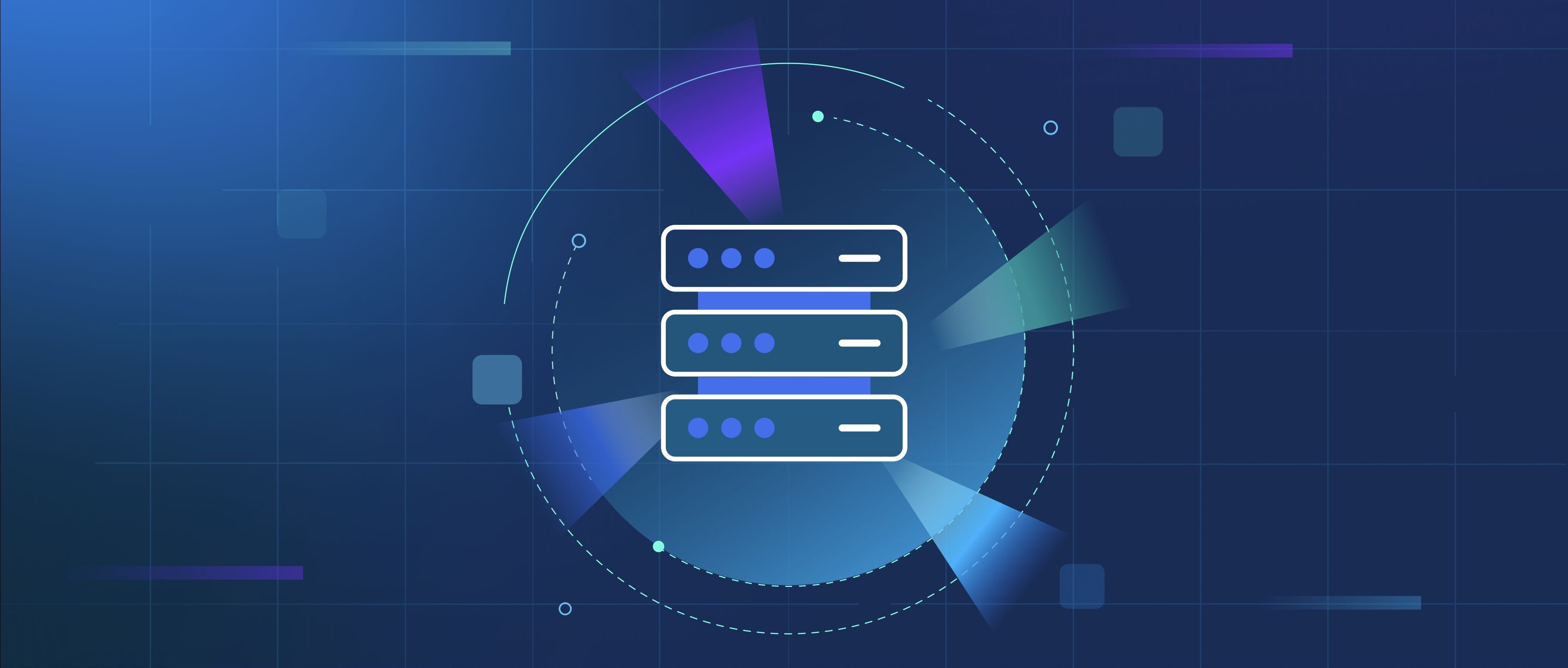Serverless applications handle logging and monitoring by utilizing cloud providers' built-in services to automatically capture and store logs from the functions that make up the application. Instead of managing your own servers and log storage, serverless platforms like AWS Lambda, Azure Functions, and Google Cloud Functions provide integrated logging solutions. For example, AWS Lambda automatically sends logs to Amazon CloudWatch, where you can view logs, set up alerts, and create dashboards to monitor your application’s performance and errors.
In addition to capturing logs, serverless applications often use monitoring tools to track metrics such as execution time, error rates, and function invocations. These metrics help developers understand how their application is performing and identify any bottlenecks. For instance, developers can configure CloudWatch to track the number of invocations and error rates for each Lambda function. This data is crucial in diagnosing issues and ensuring that the application can scale effectively as user demand changes.
Lastly, because serverless applications can scale up or down automatically, logging and monitoring need to be approached differently compared to traditional architectures. Since the infrastructure is dynamic and functions may be invoked many times with varying inputs, it's important for developers to include structured logging in their code. This means creating logs in a consistent format that can be easily parsed and analyzed. Using tools like AWS X-Ray or Azure Monitor, developers can correlate logs with specific requests, which aids in debugging and analyzing system behavior across multiple functions. This comprehensive approach to logging and monitoring ensures that serverless applications remain maintainable and performant over time.
